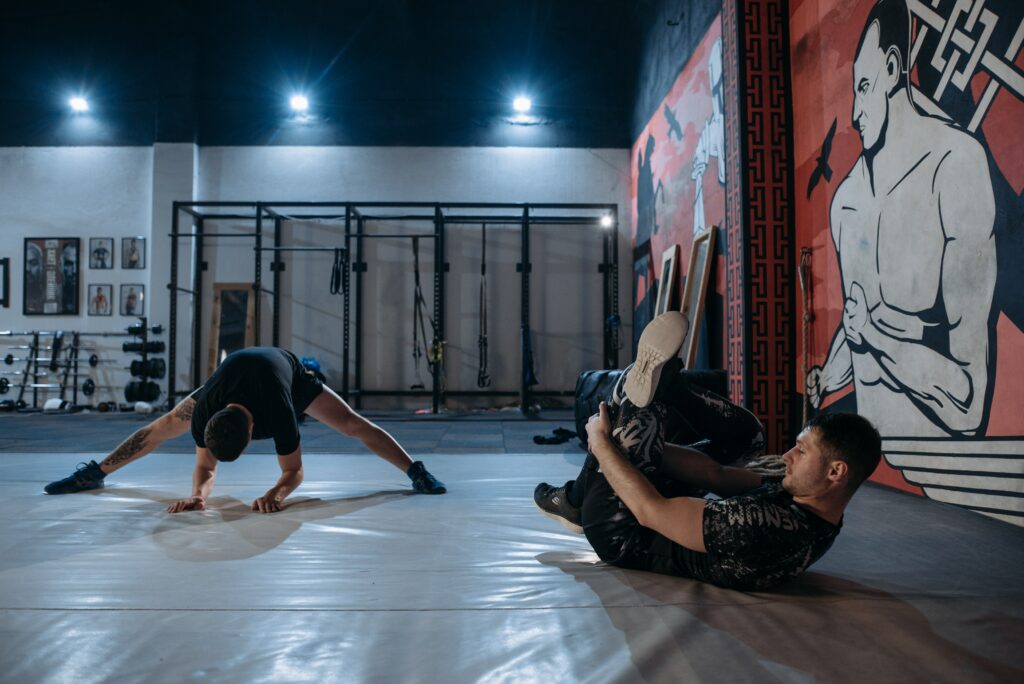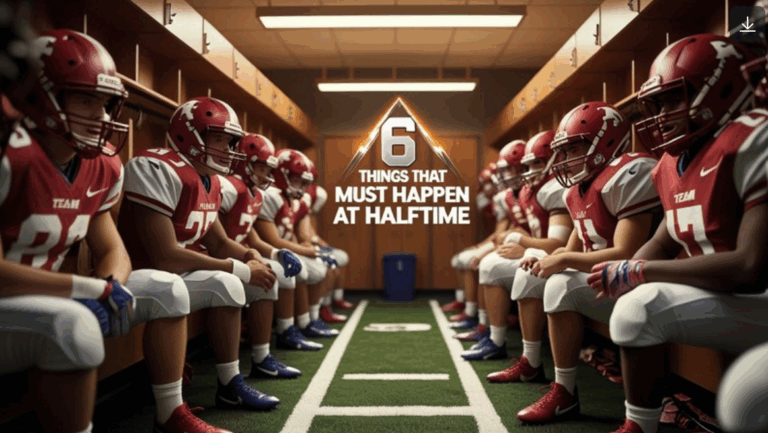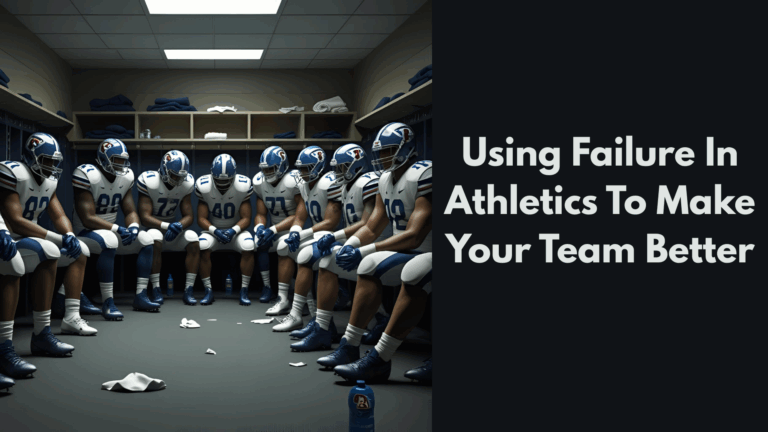
Since wrestling is such a complex combat sport, it’s crucial that professional competitors have successful coaches to help hone their technique and stay fit and well. Here, we delve into what makes a great coach and what makes a great wrestler.
What is a Wrestling Coach?
Wrestling coaches are responsible for training and teaching the sporting basics. For professional competitors, coaches can also be required to step in and fulfill players’ needs – both in and out of the ring. For example, athletes may need support in developing daily training programs or require advice on how to best tackle interview queries.
Finally, top wrestling coaches work with head coaches to hone athletes’ skills and coordinate assistant coaches and team staff. To get a better idea of who and what this involves, keep reading this guide.
Who are the most popular wrestling coaches?
- Stu Hart – Having wrestled a bear, it can only be imagined how savage Hart’s training sessions will have been. When it comes to wrestling, stories of The Dungeon in the Calagary’s Hart family mansion are among some of the most infamous.
- Verne Gagne – Former competitor turned founder of the American Wrestling Association (AWA), Gagne was a multiple world champion and considered a legend in wrestling history.
- Killer Kowalski – Kowalski is probably most famous for accidentally ripping a piece of an opponent’s ear off in the ’50s. He later opened a wrestling school in the late seventies and served as a teacher to several generations of future wrestling superstars.
- Dory Funk Jr. – The lesser-known Funk Brother, this coach made waves on and off the mat. For one, his training school is called the Funking Conservatory.
- Harley Race – Having made his mark as not just a professional wrestler (a 7 x winner of the NWA title) but a coach too, Race managed none other than Big Van Vader in WCW. He also opened The Harley Race Wrestling Academy back in 1999.
What makes a great wrestling coach?
As a healthy way to practice self-defense, discipline, strength, endurance, and agility – it’s clear why wrestling is such a popular sport. Particularly, wrestling can be a healthy outlet for life’s frustrations and pressures.
That dopamine hit can become addictive, and before you know it, your competitive streak shoots up a notch, and you’re considering some professional competition. So who do you go to? This is where your coach steps in. Those who coach wrestling typically must be good listeners, patient, and motivated to not just achieve their own goals but help others reach theirs.
Consequently, coaches must be attentive to the needs of their wrestlers both on and off the mat. They must get to know both their clients’ limits and strengths. That way, coaches can push athletes where they need it while also knowing when they need to take a step back and take stock of their accomplishments.
Typically, coaches wrestle to a professional level themselves and retire when their body is no longer able to reflect what they feel they still have to give. Yet, there are a few exceptions – Greg Jackson didn’t have an extensive fighting background but boasted of an exceptional ability to assess fighters’ strengths and weaknesses. Based on ufc betting odds and history, he has coached many high-tier UFC fighters like Shane Carwin, Georges St-Pierre, and Rashad Evans, without a substantial hands-on experience in the field.
Coaching gives them the ability to take pride in passing on their own skills to their players and thrive in the wrestling scene in another capacity.
What does a typical day in the life of a wrestler look like?
Coaches will be in regular contact with their athletes throughout the day, as keeping wrestlers ring-ready is one of the most challenging aspects of being an active wrestler. If we take the WWE as a prime example, every WWE Superstar (regardless of their position on the leaderboard) is a professional athlete. And though the majority of credit is undoubtedly owed to self-discipline, a lot is due to the coach.
Typically, a wrestler’s day kicks off with a simple warm-up to get the circulation going. Then they may incorporate push-ups, handstand walks, squats, and other compound/complex moves broken up into sets. They will then add wrestling-specific techniques to keep that muscle memory fresh. Their coach is usually present to push their player in the right direction and, equally, to prevent them from going too hard and risking injury.
Also, to avoid burnout, wrestlers must balance exercise with adequate rest intervals. Usually, a resting period between sets could range from 30 seconds to two minutes to allow muscle recovery.
Wrestlers will also rely on their coaches for dietary plans and advice. Meal plans focus heavily on eating adequate proteins, carbs, and fats found in the likes of eggs, whole grains, and green veggies. Since their diets are monitored by not just their coaches – but a team of nutritionists – even spectators are privy to what goes down for their own use in and out of the gym!


